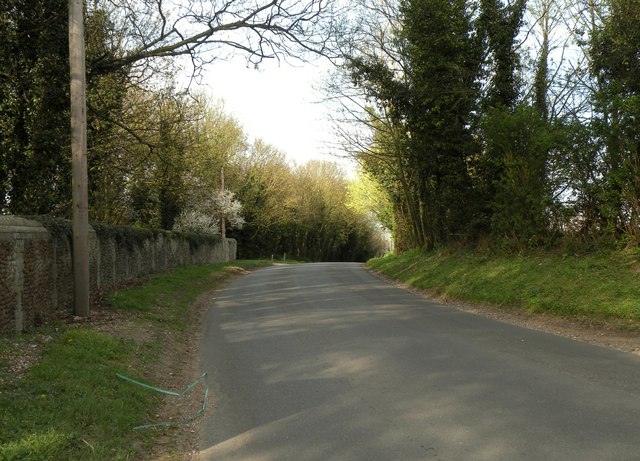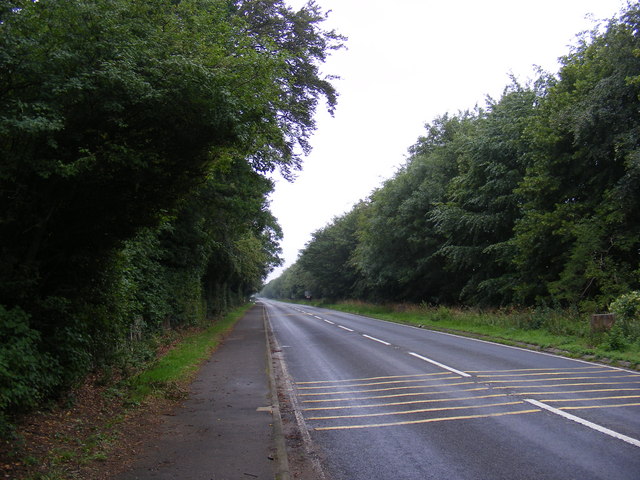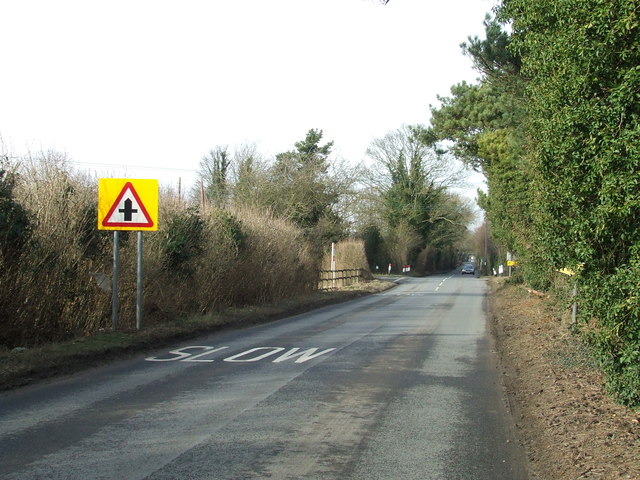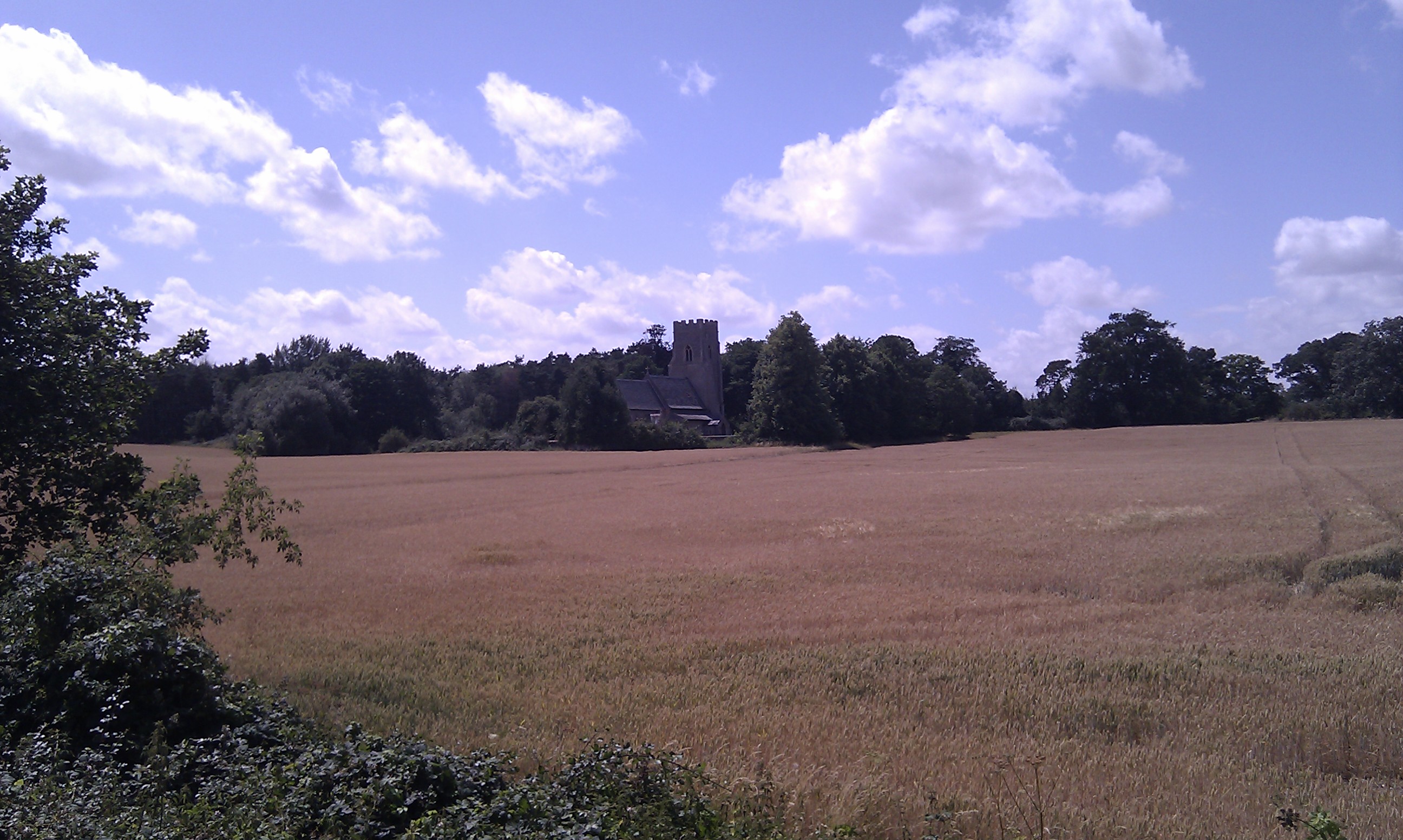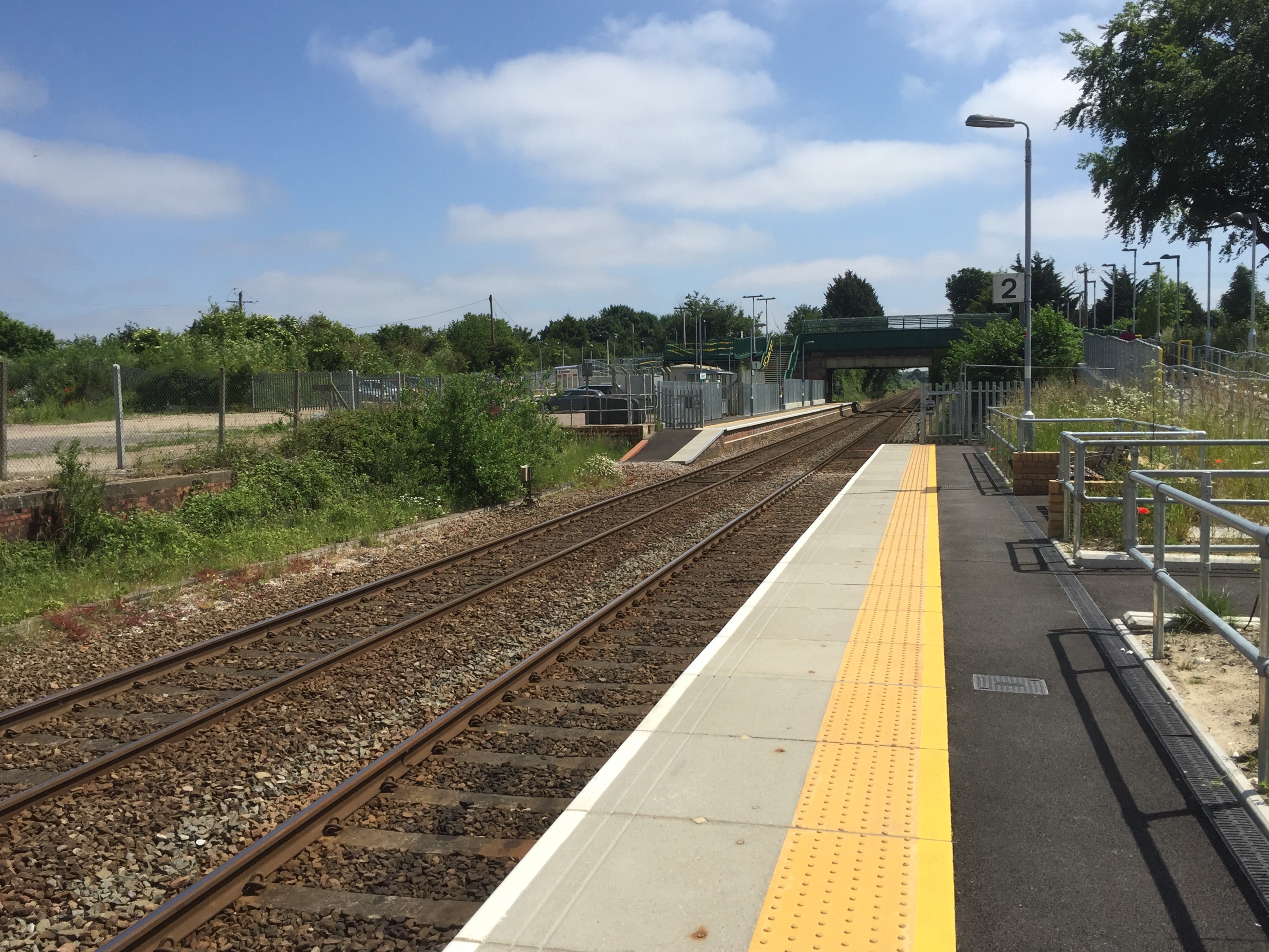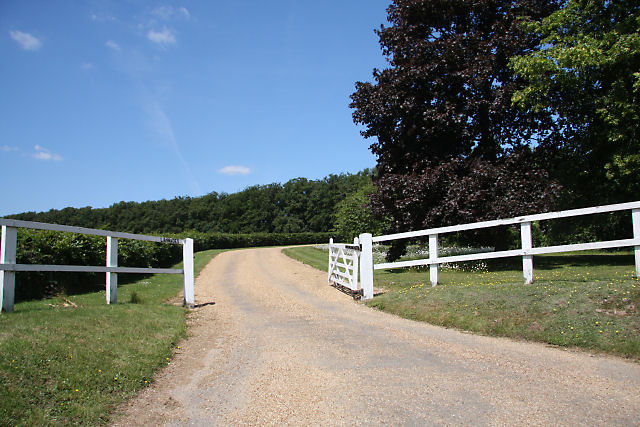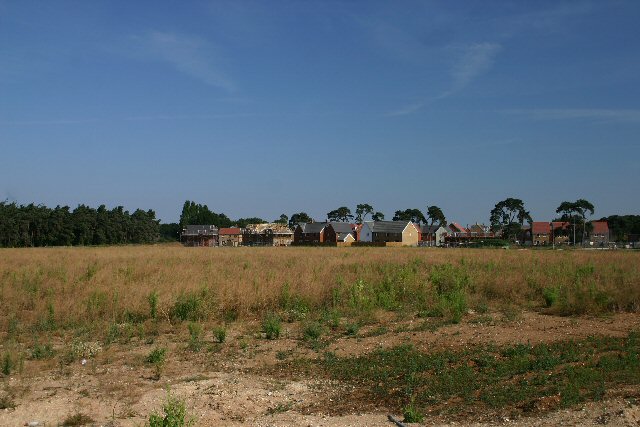Dane Hill
Hill, Mountain in Cambridgeshire East Cambridgeshire
England
Dane Hill
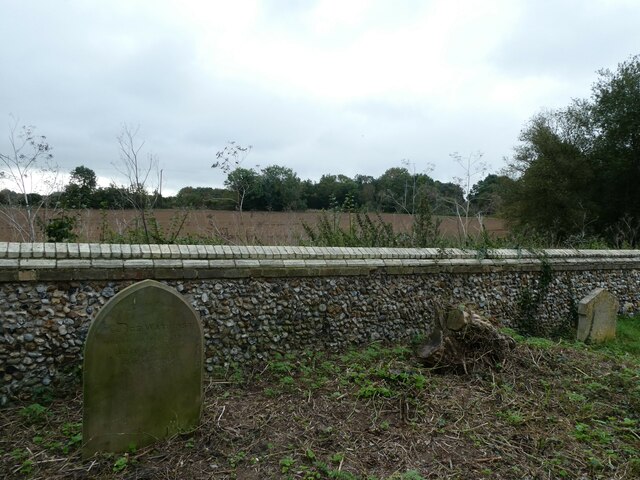
Dane Hill is a small hill located in the county of Cambridgeshire, England. Situated near the village of Danehill, it is part of the beautiful landscape that characterizes this region. While it may not meet the criteria of a mountain due to its relatively modest elevation, it still offers breathtaking views of the surrounding countryside.
Rising to a height of approximately 110 meters (360 feet), Dane Hill is covered in lush greenery, featuring a mix of grass and shrubs. Its gentle slopes make it accessible to hikers and nature enthusiasts of all abilities. The hill is a popular destination for locals and visitors alike, providing a peaceful and tranquil setting for outdoor activities such as walking, picnicking, or just enjoying the panoramic views.
The summit of Dane Hill provides a stunning vantage point, offering a sweeping vista of the Cambridgeshire countryside. On clear days, one can see as far as the distant city of Cambridge, which is approximately 20 kilometers (12 miles) to the northeast. The picturesque landscape is dotted with charming villages, rolling fields, and meandering rivers, creating a picturesque backdrop for any nature lover.
Dane Hill is also home to a variety of wildlife, including birds, rabbits, and occasional deer, making it an appealing spot for nature photographers and birdwatchers. With its peaceful atmosphere and untouched natural beauty, Dane Hill is a hidden gem in the Cambridgeshire countryside, inviting visitors to escape the hustle and bustle of everyday life and immerse themselves in the tranquility of nature.
If you have any feedback on the listing, please let us know in the comments section below.
Dane Hill Images
Images are sourced within 2km of 52.28357/0.47404447 or Grid Reference TL6867. Thanks to Geograph Open Source API. All images are credited.


Dane Hill is located at Grid Ref: TL6867 (Lat: 52.28357, Lng: 0.47404447)
Administrative County: Cambridgeshire
District: East Cambridgeshire
Police Authority: Cambridgeshire
What 3 Words
///regulate.streak.legs. Near Fordham, Cambridgeshire
Nearby Locations
Related Wikis
Kennett, Cambridgeshire
Kennett is a small village and civil parish at the very eastern tip of Cambridgeshire, England. Situated around 2.5 miles (4.0 km) north-east of Newmarket...
St Nicholas Church, Kennett
St Nicholas Church is the parish church of the village of Kennett in east Cambridgeshire. It has been dedicated to St Nicholas since the 13th century....
Kennett railway station
Kennett is a railway station serving the villages of Kennett in Cambridgeshire and Kentford in Suffolk, England. It opened in 1854 when the railway was...
Red Lodge Heath
Red Lodge Heath is a 20.8-hectare (51-acre) biological Site of Special Scientific Interest in Red Lodge in Suffolk.Habitats on this site are chalk grassland...
Lanwades Stud
Lanwades Stud is a Thoroughbred racehorse ownership and breeding operation in Newmarket, Suffolk, UK, which has bred and owned many notable horses....
Kentford
Kentford is a village and civil parish located in the West Suffolk district of Suffolk in eastern England. Situated on the banks of the River Kennet, the...
Red Lodge, Suffolk
Red Lodge is a village and civil parish situated in rural Suffolk, England, between Mildenhall and Newmarket, and very close to the A11 and A14 roads....
Chippenham Park
Chippenham Park is a country house in Chippenham, Cambridgeshire. == History == The Chippenham Park Estate was acquired by Thomas Revett, a London merchant...
Nearby Amenities
Located within 500m of 52.28357,0.47404447Have you been to Dane Hill?
Leave your review of Dane Hill below (or comments, questions and feedback).
